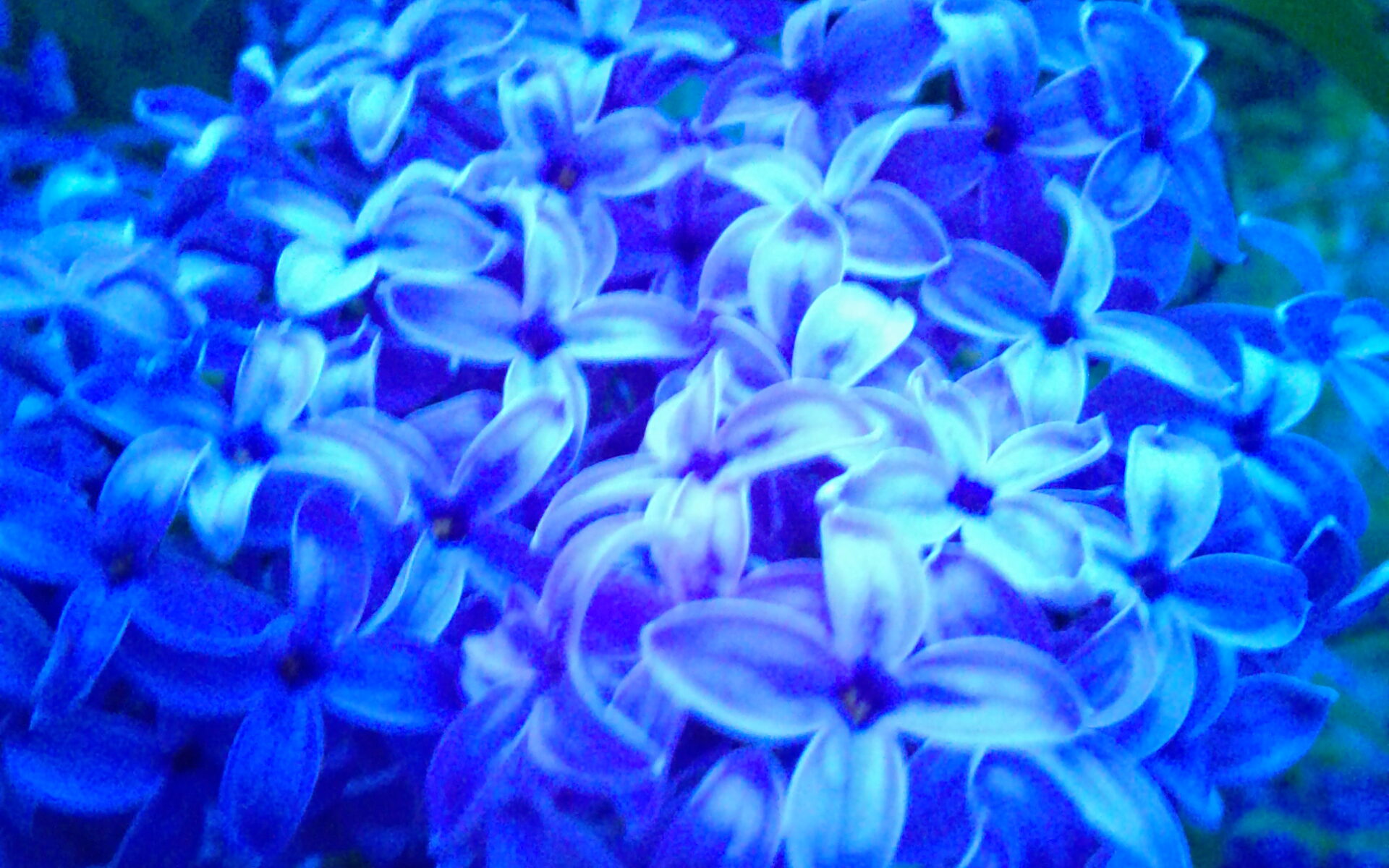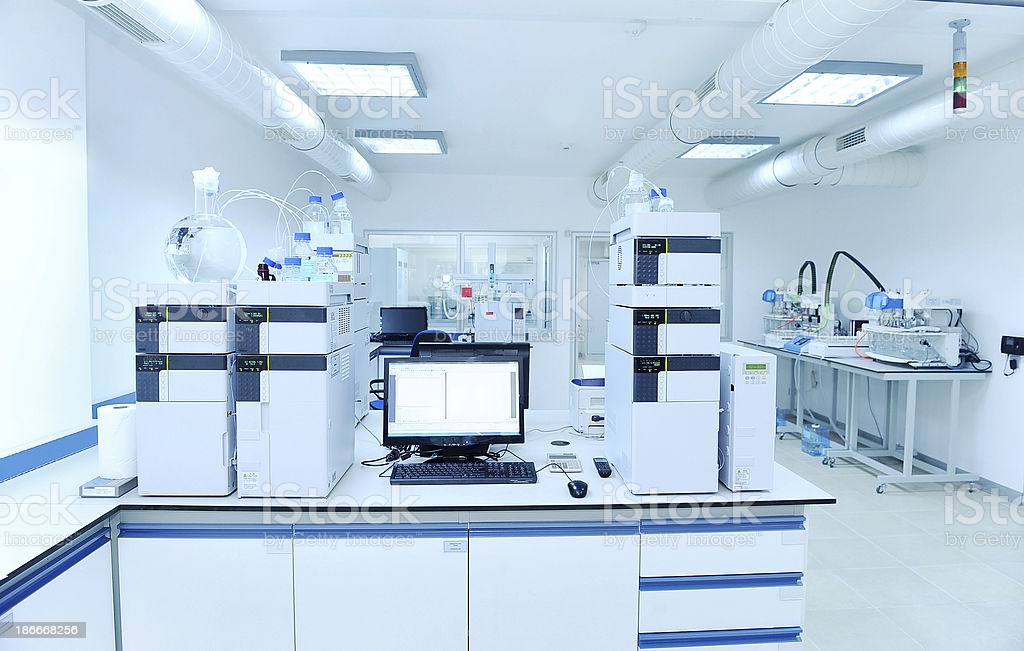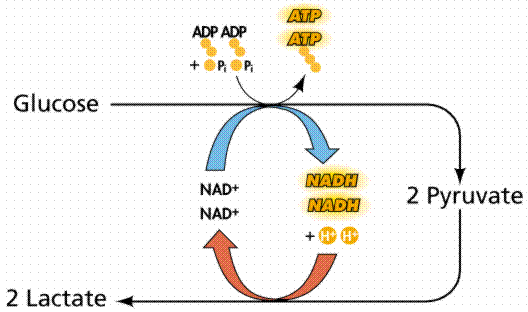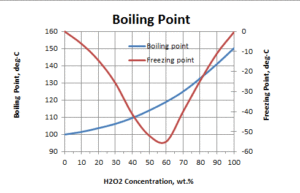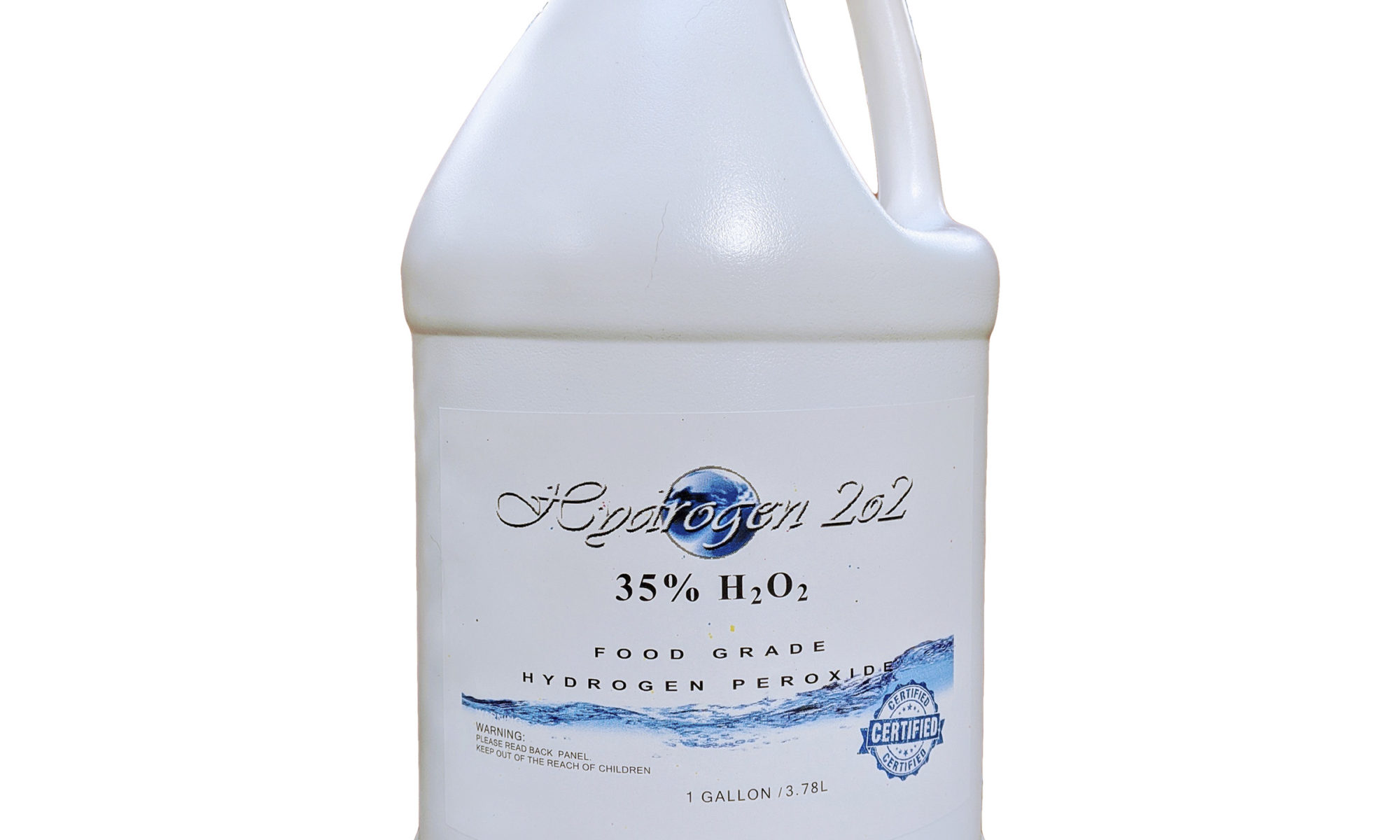Applying H2O2 To Outside Gardens
It doesn’t matter where you live or what type of plant you grow, if you are growing plants they need oxygen. Plants primarily uptake oxygen through the root system, and additionally require a good fresh supply of oxygen during the night.
Winter rains, especially in the northern half of the country, tend to compact the soil which may leave your roots starving for a breath of fresh air come springtime. Use our 34% H2O2 Hydrogen Peroxide to immediately increase the available oxygen as well as loosening up the soil and allowing good airflow to the roots.
Increase The Oxygen Potential In Your Soil
Grab a 5 gallon bucket and fill it up with water. Now tap water is fine for this application only because we are not going to be sealing it up. Measure up 10 oz. 34% H2O2 Hydrogen Peroxide and pour it into the bucket with the water. Simply pour this solution in the soil of your outdoor garden areas and flower beds, targeting the root zones especially. Using a watering can to help disperse the solution evenly, allowing maximum coverage. At this mild concentration beneficial microbes will thrive.
When adding to hydroponic reservoirs or bare root plants a 3-4 ml per gallon is used because the roots are exposed with no buffer. Normal soil gardens can handle a slightly higher concentration as the hydrogen peroxide will be reduce immediately on contact of the soil. Use caution if you are growing sensitive ornamentals or the likes. A little goes a long way and using less will still have a positive effect on the oxygen levels around the root zones.

